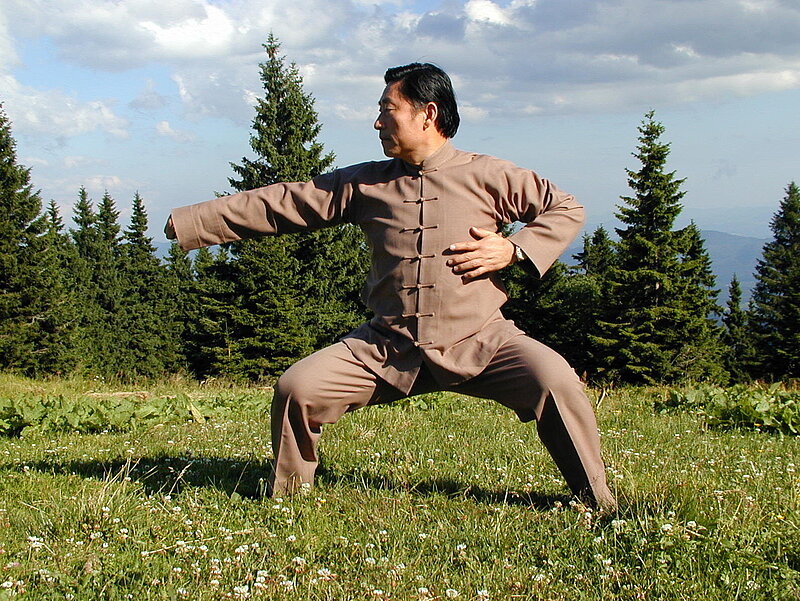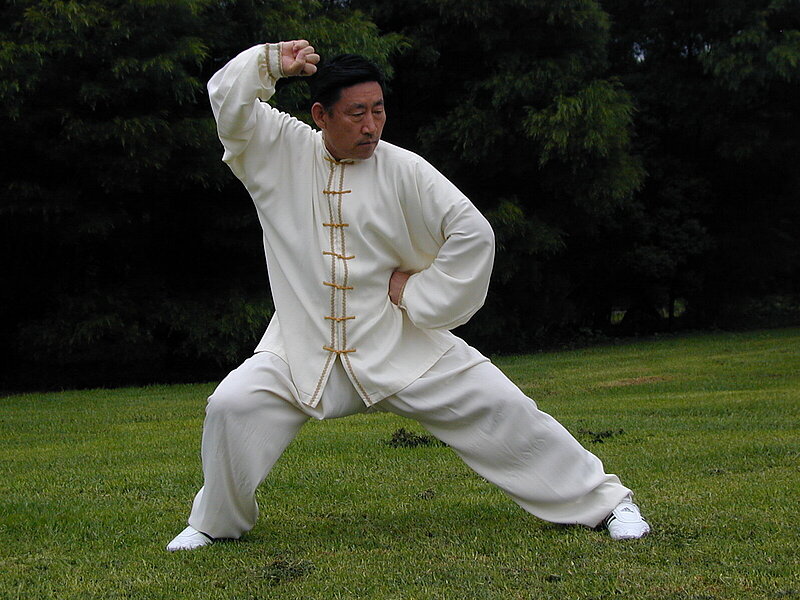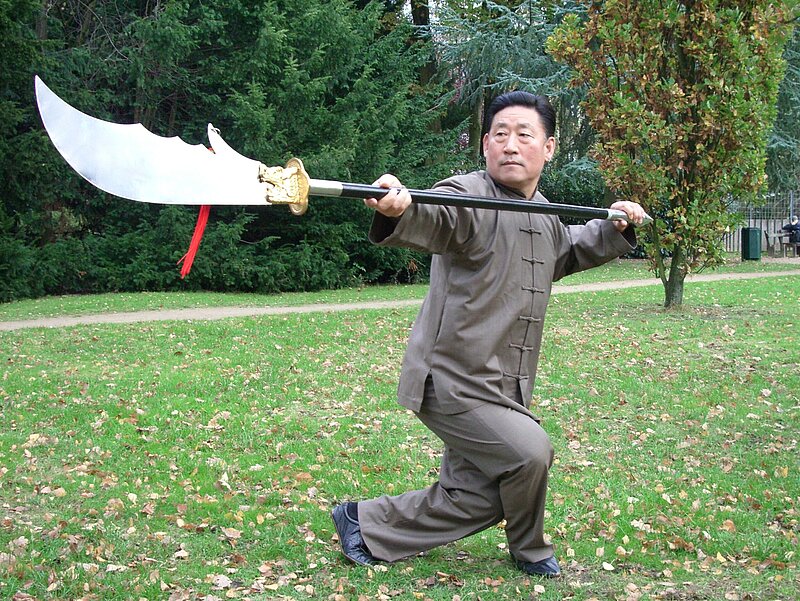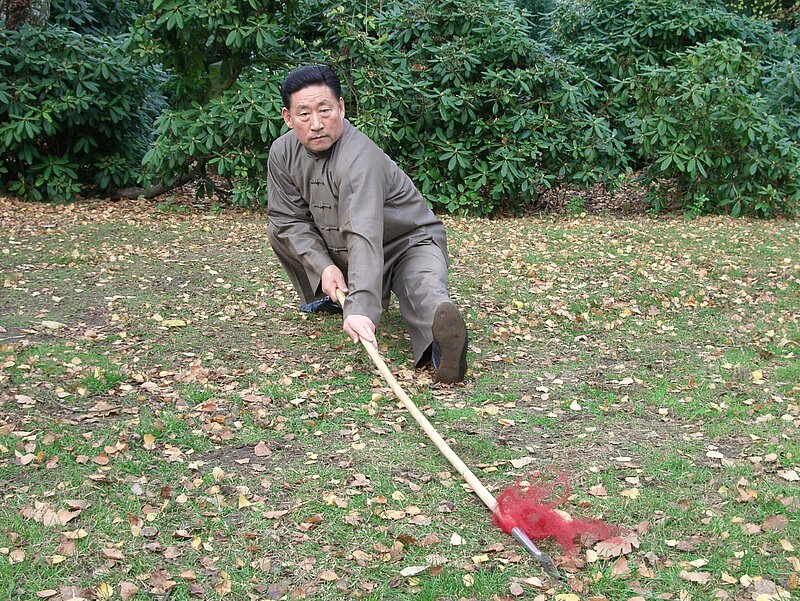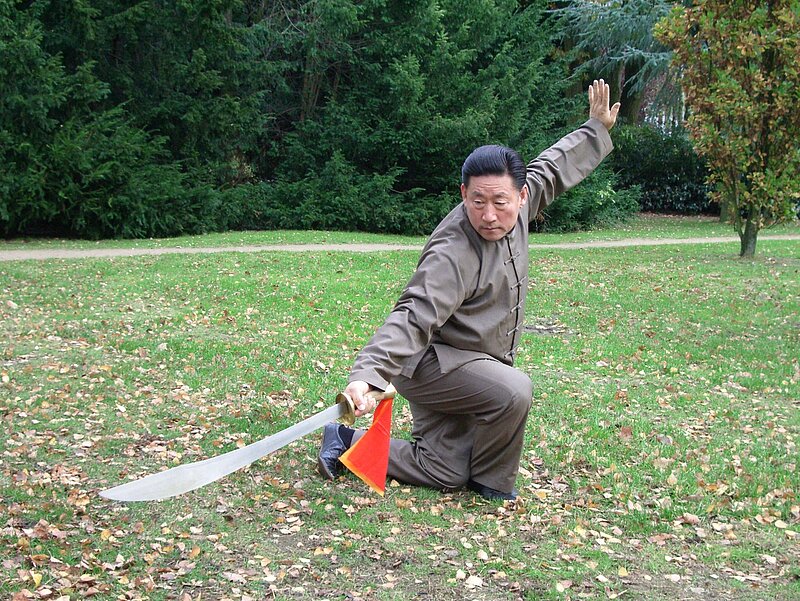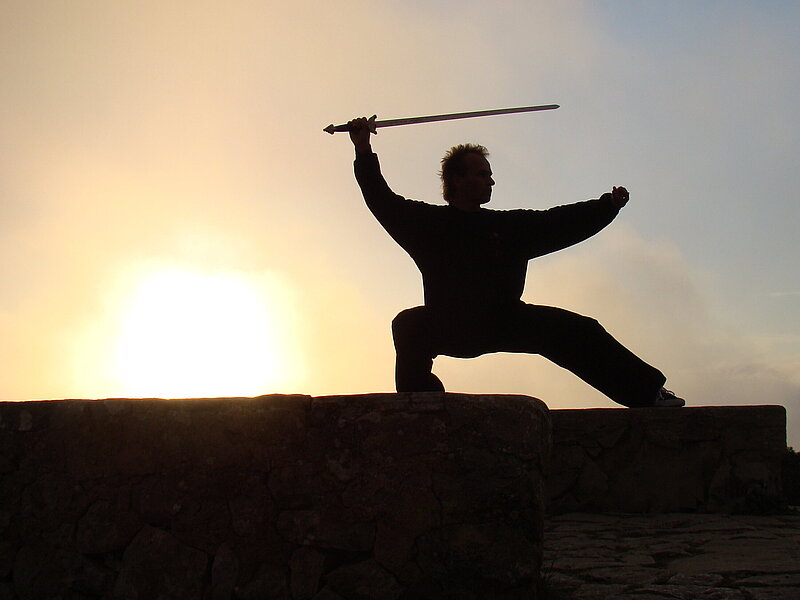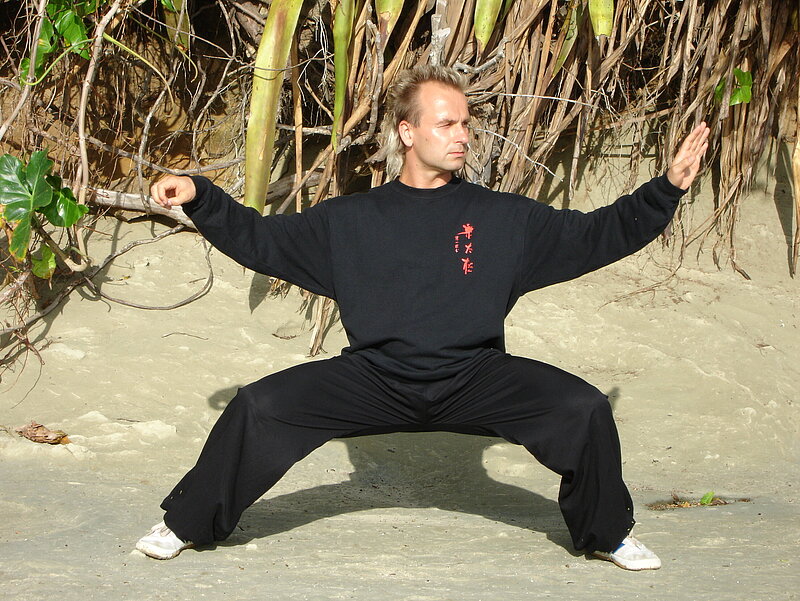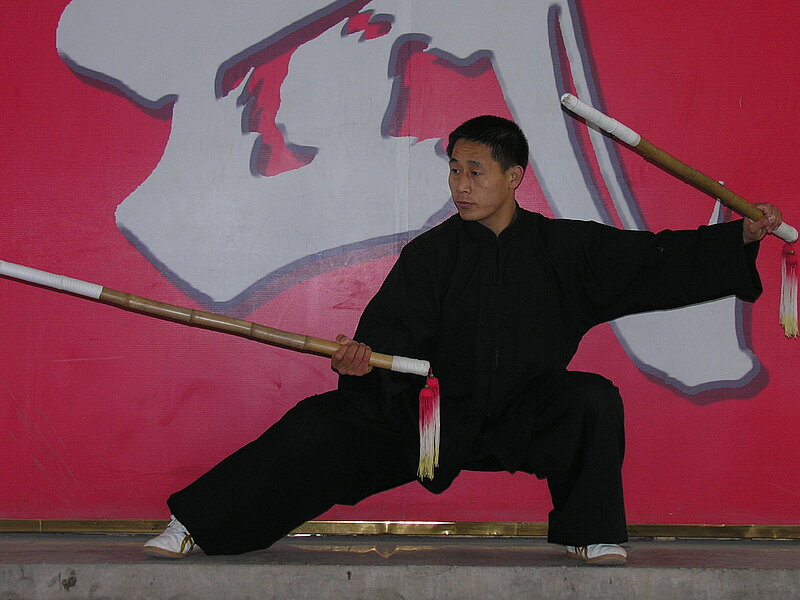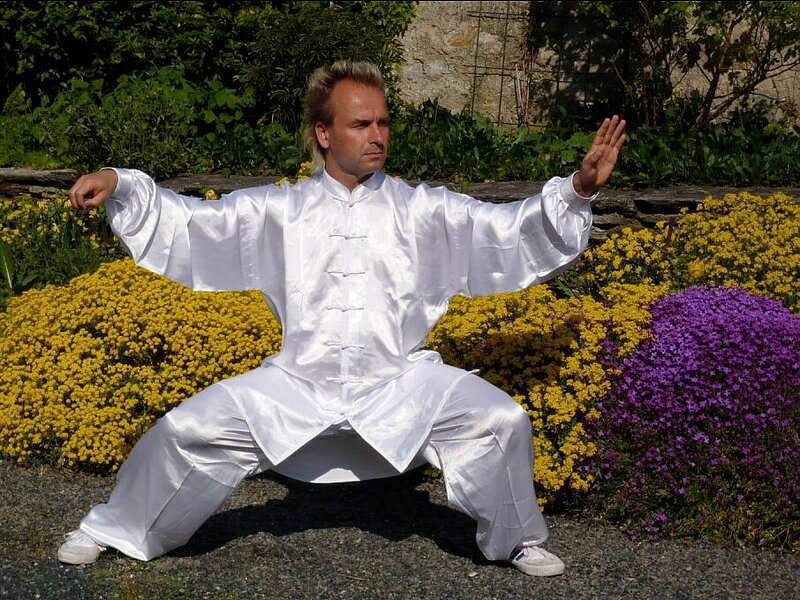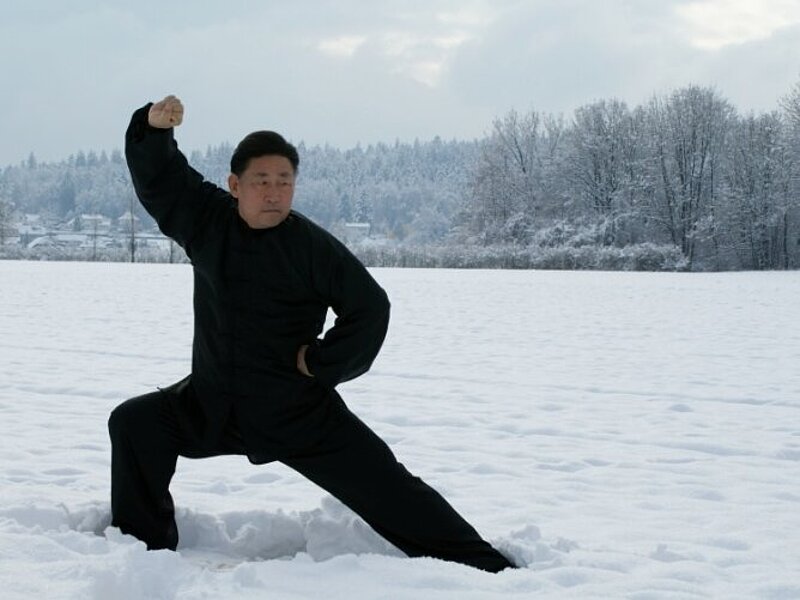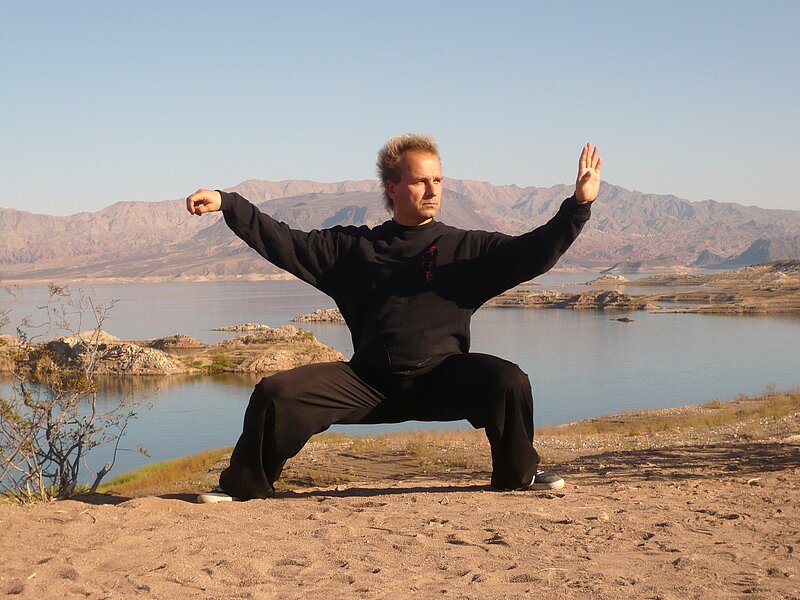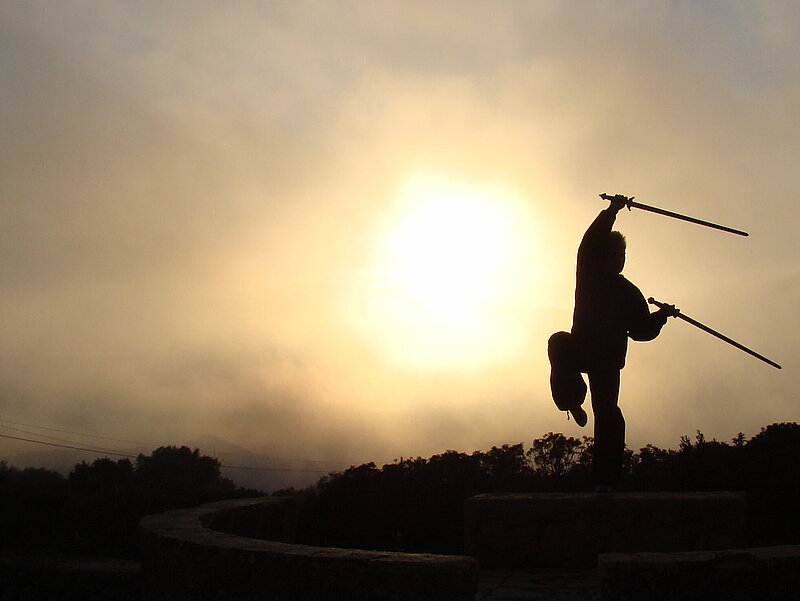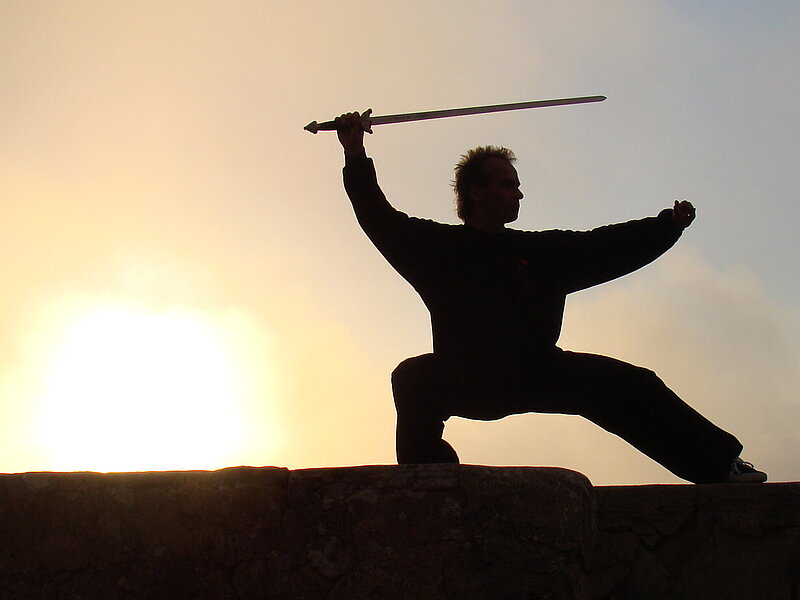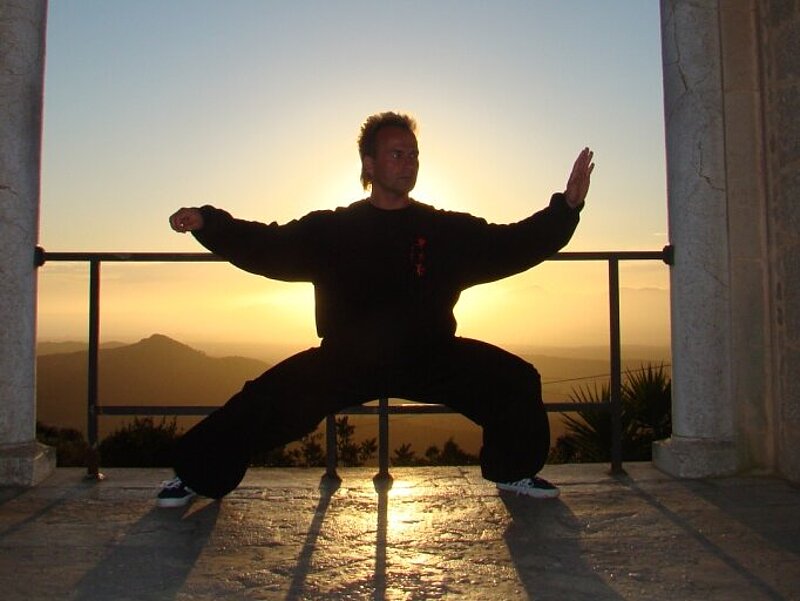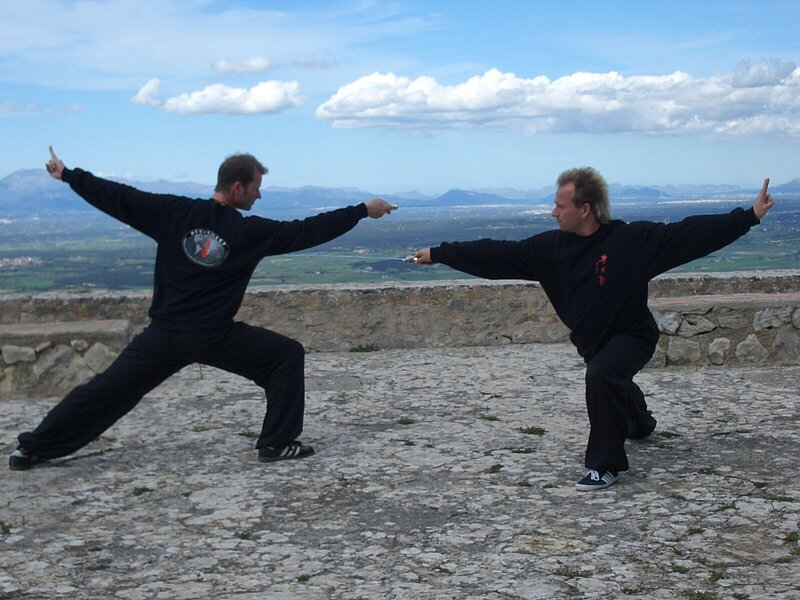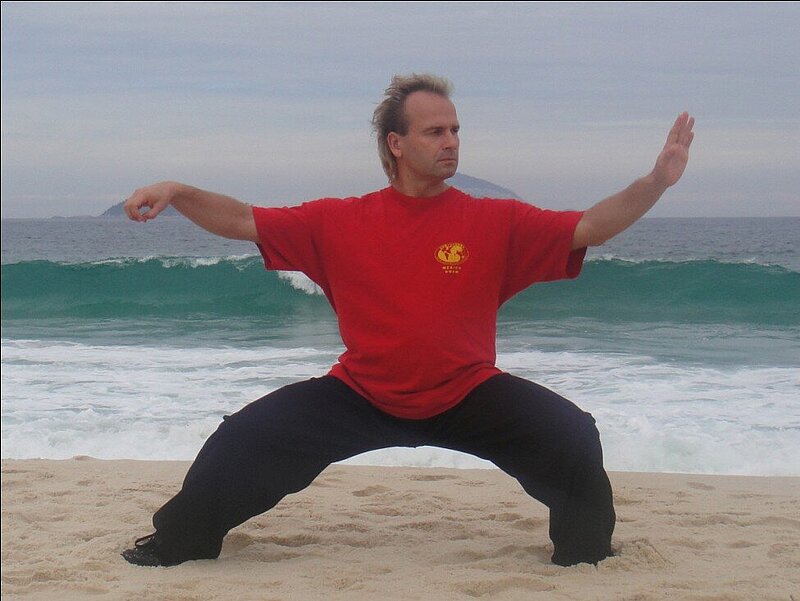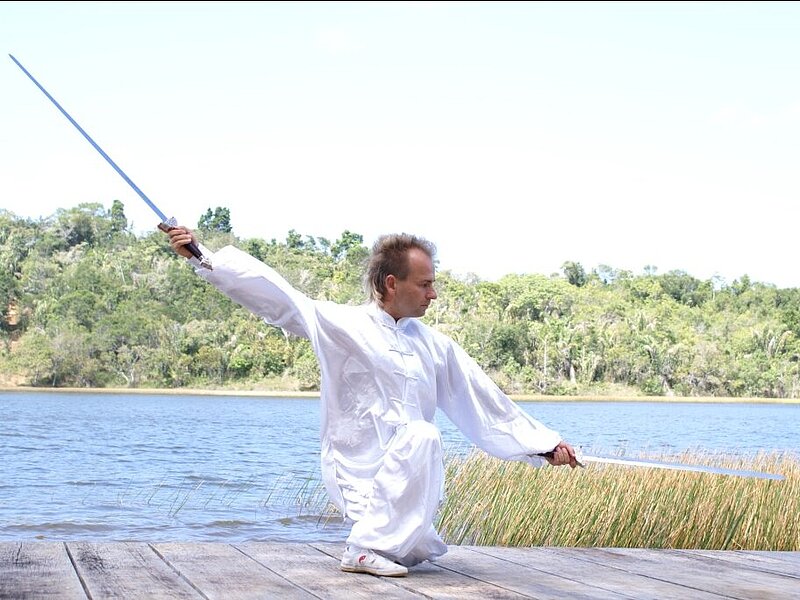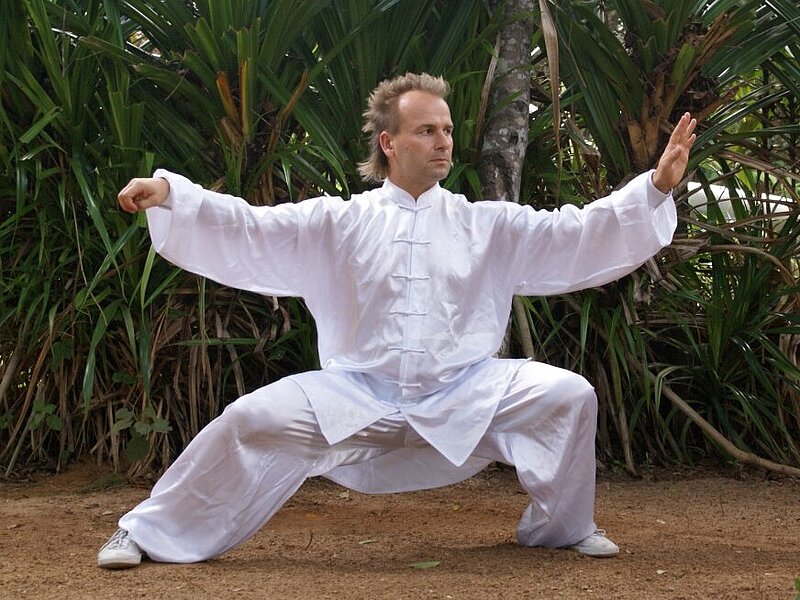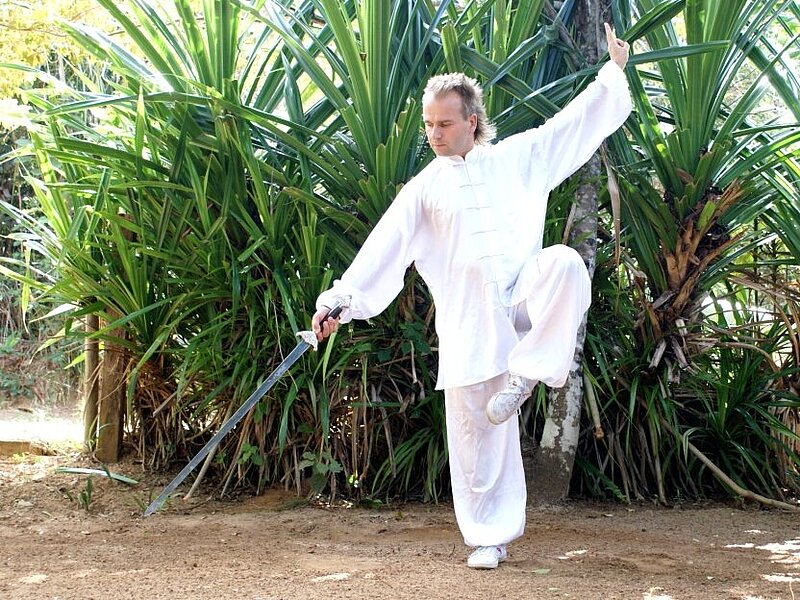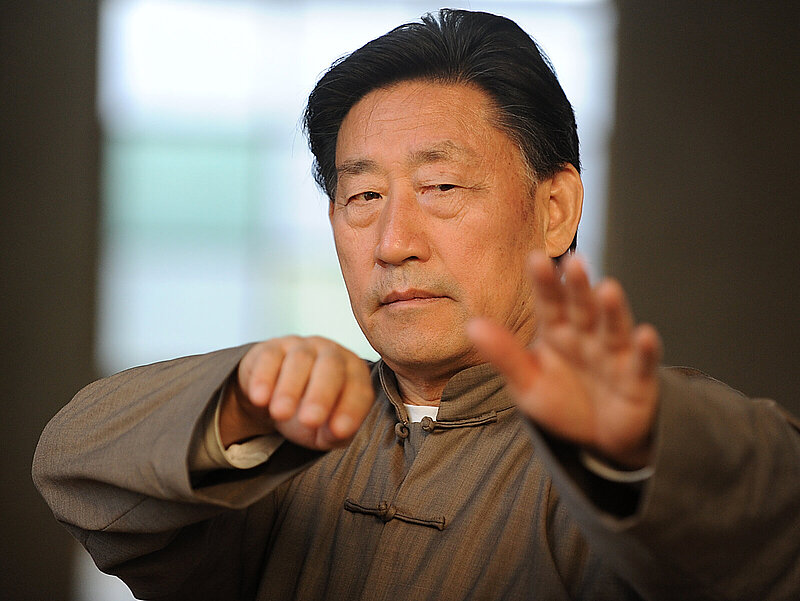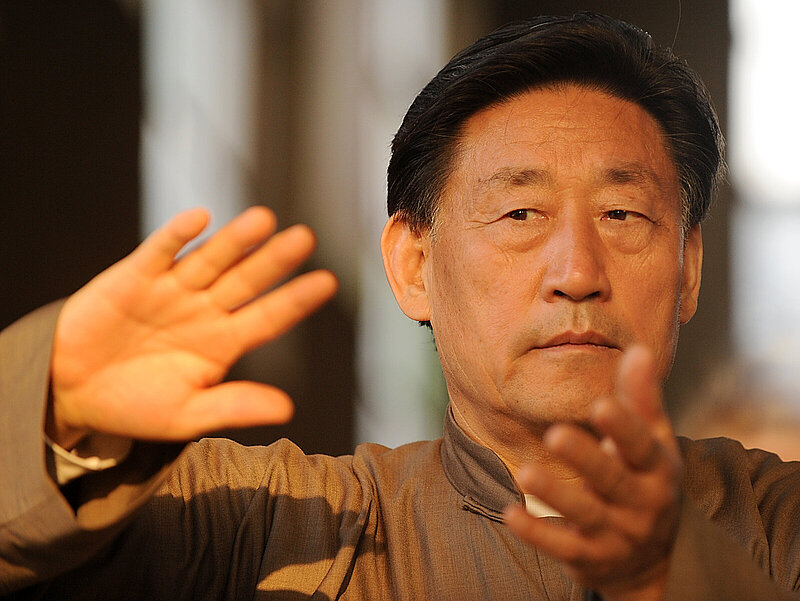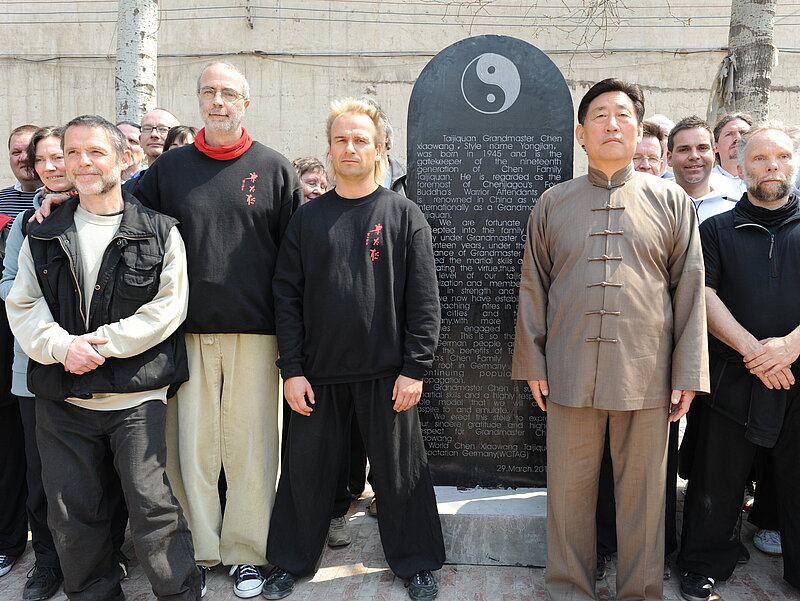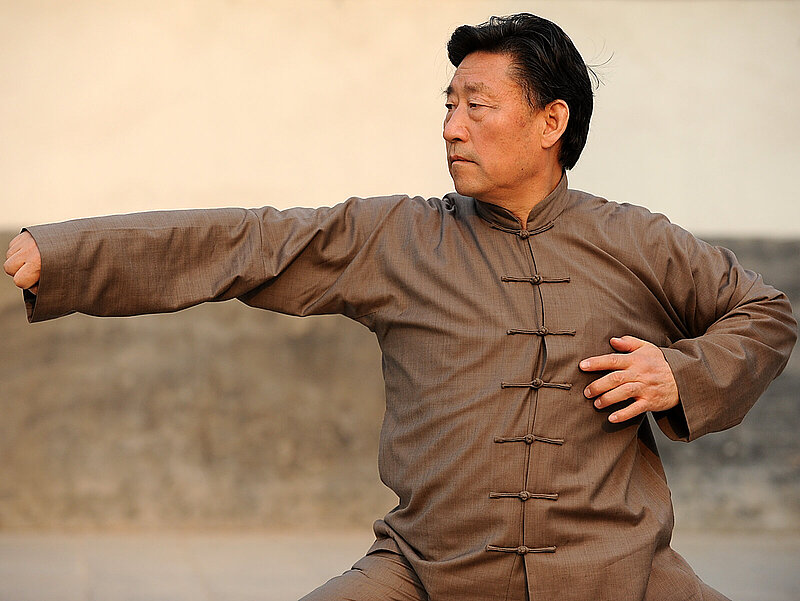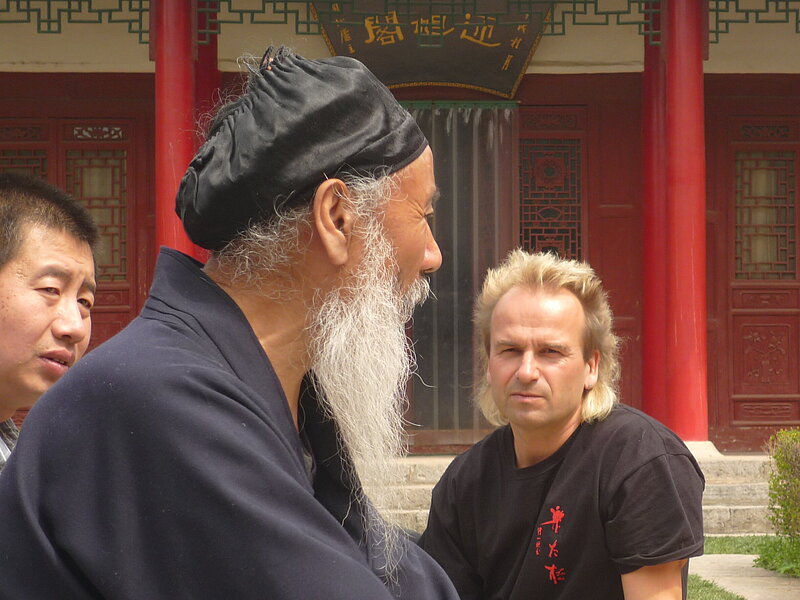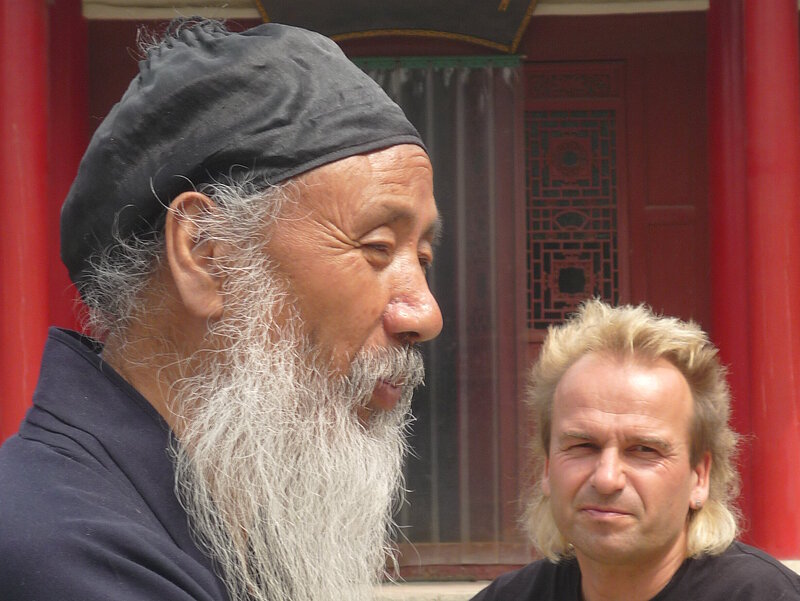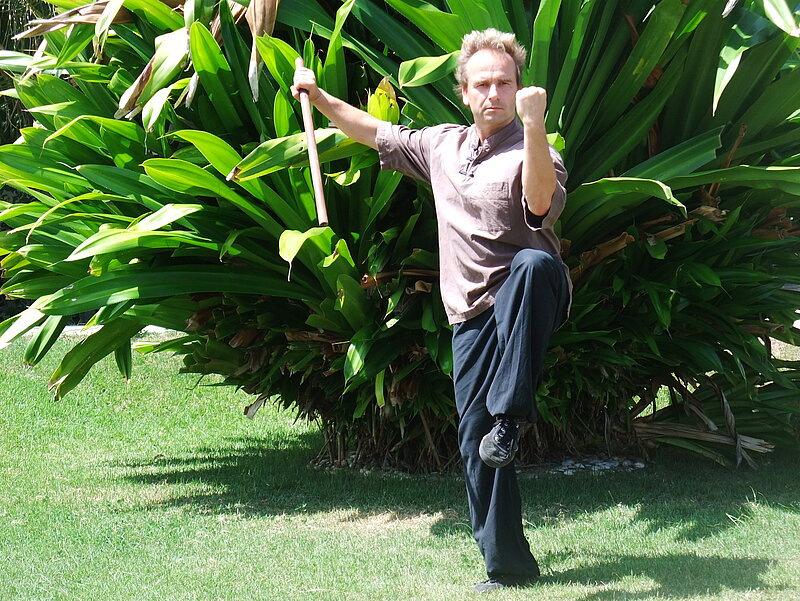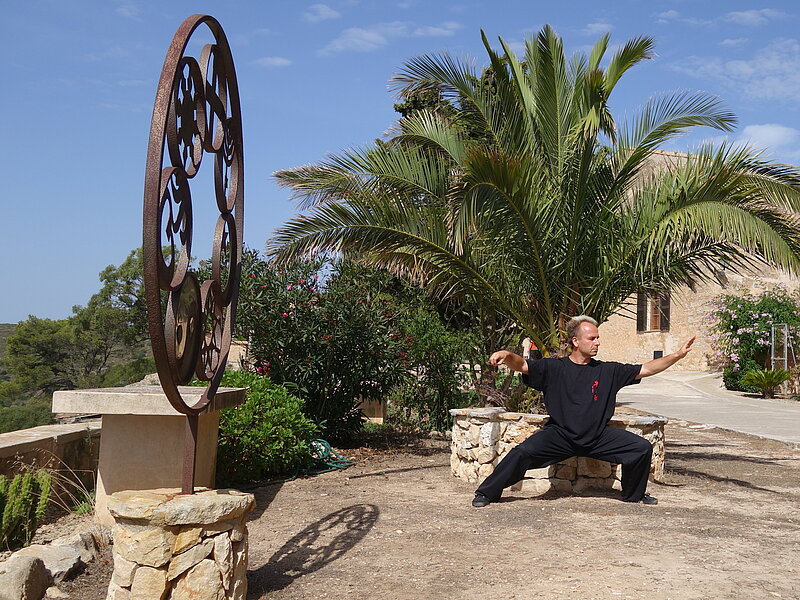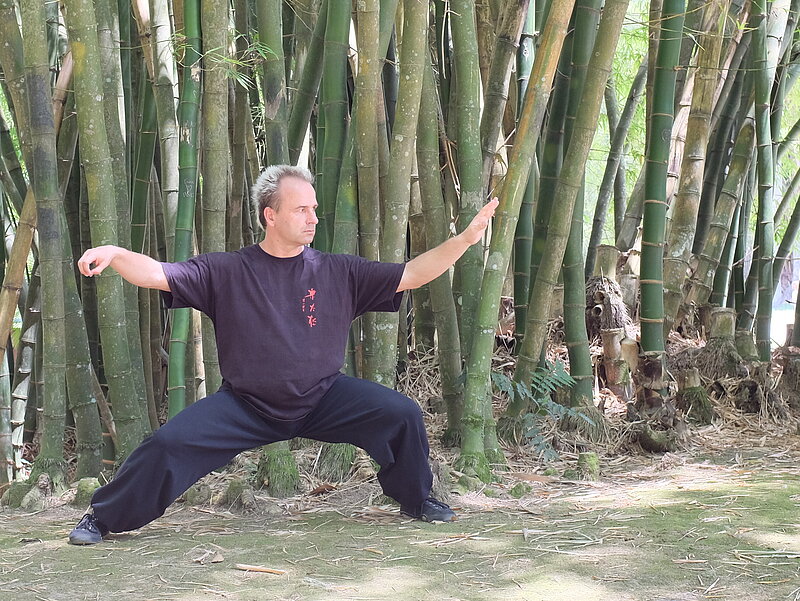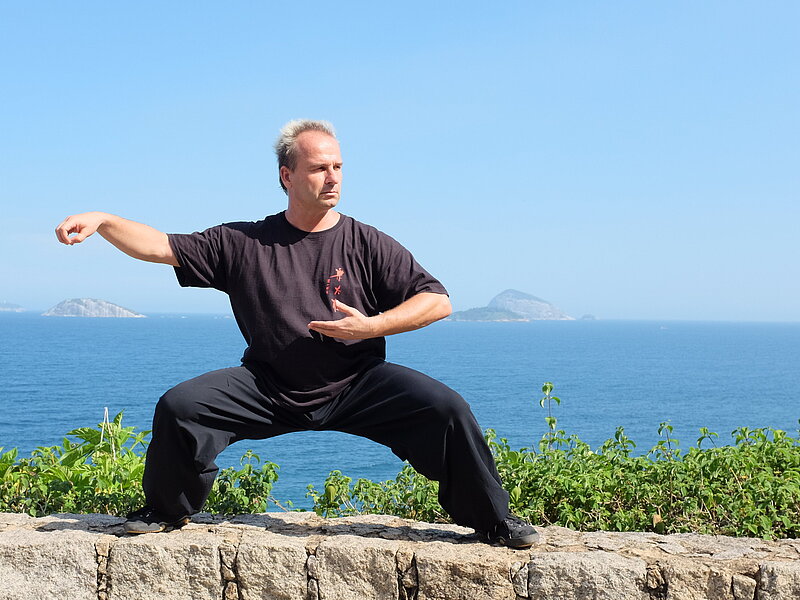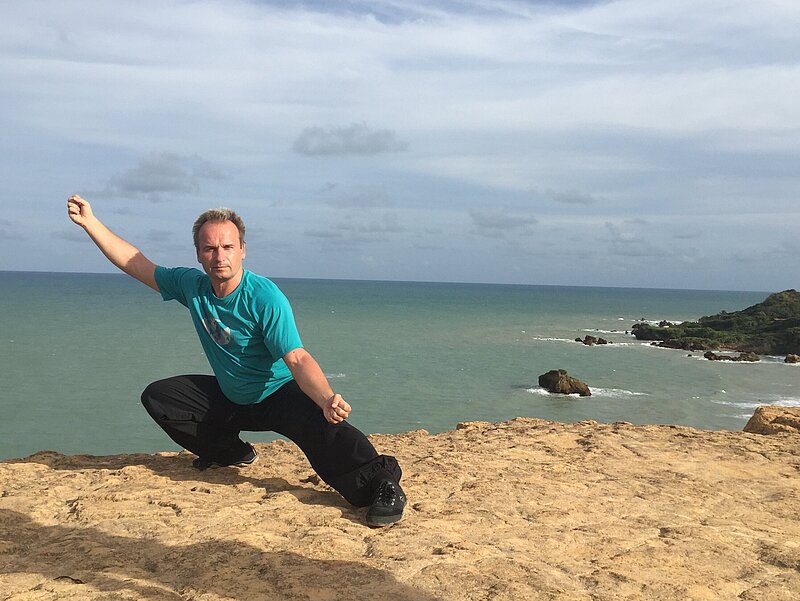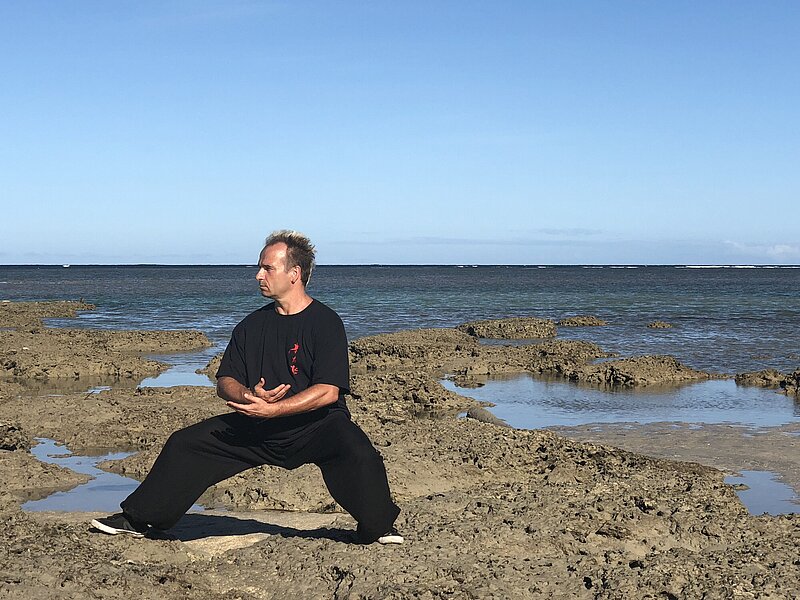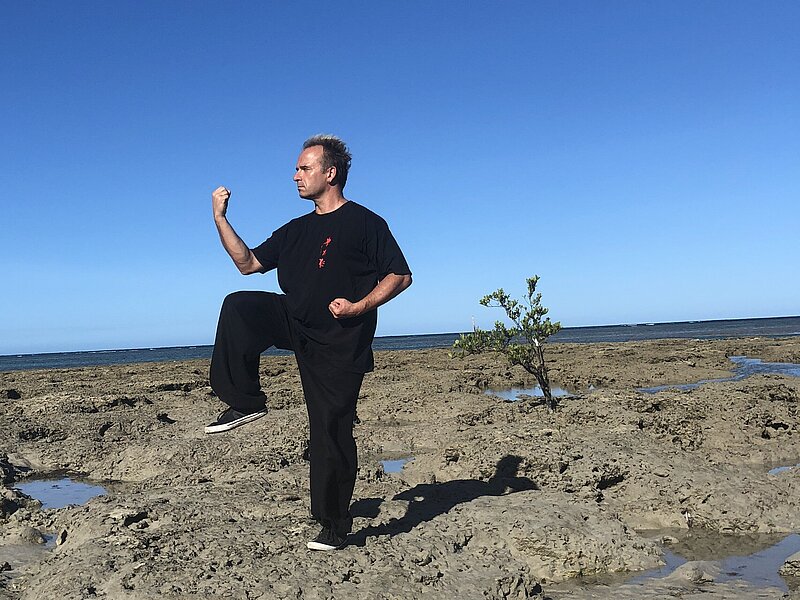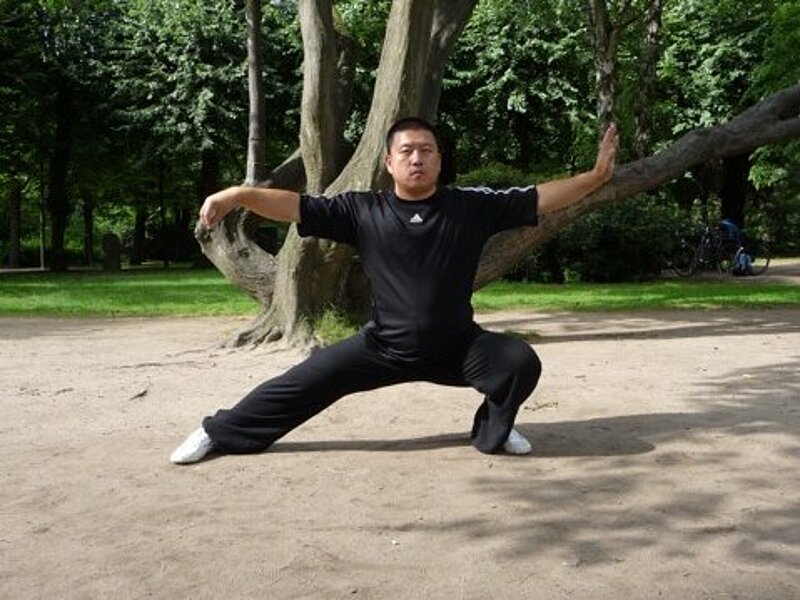Taijiquan in Anger Management
Martial arts in anger management - it's old news. Many concepts that use martial arts for anger management focus on integrating people with anger problems into a classic teacher-student system. Values such as discipline, respect and togetherness within a family system are supposed to direct excess energy into other channels and prevent outbursts of aggression.

The basic prerequisite for this method to work is the willingness to engage in such a system and to invest work and effort over a longer period of time to learn the relevant skills (Gong Fu). Whether the skills learned then actually lead to de-escalation and prevent aggressive behavior and the exercise of violence remains to be hoped.
The fact is that the exercise of violence is perceived as very positive by this clientele. With the help of violence and suppression of weaker people, one's own feelings of inferiority can be compensated. Why should one give up such a behavior? After all, it works!
In my profession as a certified pedagogue, this group of people is called "the young savages". Between 17 and 25 years old, discontented and ready for violence. Often there is a learning disability. Unfortunately, this often leads to multiple failures at school and in training, or in professional life. My special target group are young people who have failed on the so-called 1st job market because they could not meet the requirements. They have found a place in a "workshop for disabled people" (WfbM) due to a diagnosed learning disability. However, they do not perceive themselves as disabled and want to distinguish themselves from their colleagues with an intellectual disability. Often they are the only ones in their circle of friends who do not have a "real job" and are ashamed of their "failure". They compensate the resulting feelings of inferiority with the sense of power they feel when they oppress and intimidate other people.

If I want to work with these people on their aggression problems, I need an approach. The client needs an inner willingness to distance himself from the negative behaviors that were previously perceived as extremely positive. I need to awaken an intrinsic motivation in the client, that is, a drive that comes from within and is not perceived as an external compulsion.
This is where Taijiquan comes in. Most people in this target group have only a very vague idea of the term Taiji. If it is known at all, it is perceived as slow gymnastics and not remotely associated with martial arts. The often physically superior young men, for whom strength and martial superiority is a high good, cannot imagine that they gain any advantage from learning this art. This changes the moment I ask them to push me away in a pushhand position. If they are still sure of their physical superiority before, the previously so successful concept of brute force fails. For the first time in their lives, they experience that their counterpart can remain standing even though they are pushing with full force. In fact, they even feel themselves losing control of their own center. Since their perception is limited mainly to muscular force, they cannot explain what is happening. They want to be able to. The feeling of superiority must be restored. Intrinsic motivation is born!
Now the real work begins. In order to avoid violence in the future, three goals must be achieved. First, physical ability is to be taught. Wai san he is to be trained. Secondly, this ability should always be present and automated. In the third goal hides the key to improved social skills and thus to the applicability of the other skills. Empathy must be developed.
After the willingness to learn is awakened, the first phase of training can begin. Since the capacity for rational comprehension is limited, the teaching of the skill must be done directly through the body. Beginning with the sensation in the sole of the foot, the perception of states of tension in the body that arise when balance reaches its limits is explored. Thus, the client is placed alternately on the tips of the toes and on the heels. From the clear perception of the two extreme positions and their specific states of tension in the soles of the feet, the legs and in the abdomen, or back muscles, the body perception is improved step by step. The aim is to find the position between these two extremes where maximum relaxation is achieved. In the same way, the correct position is explored step by step when swinging from right to left.
In this way, the perception of tensions within the body is improved and by aligning with the wai san he, a state of inner coherence is increasingly achieved.

As soon as the ability to dissipate pressure via the relaxed body structure into the ground has been achieved in basic features, the second phase can begin. In this phase, the paradoxical reaction of responding to pressure with relaxation is to be internalized as an automated response within the framework of classical conditioning. With each successful action in which the dissipation of pressure into the ground is experienced on one's own body, a reinforcement of this behavior takes place. Without really understanding it, the new behavior is perceived as successful. The feeling of well-being and ease that the client experiences is also internalized.
Over time, the newly learned behavior pattern becomes an automated response. Within a holistic educational framework, a specific response to a specific stress stimulus (deep relaxation and inner closure in response to a pressure directed against one's center) is transformed into a generalized response to a non-specific stimulus. This means that any stress stimulus is responded to with relaxation, since the tense response that was the predominant behavior prior to conditioning has now been repeatedly perceived as negative.
Now we come to the holy grail of social skills, empathy. Our clientele revolves around themselves. The behavior is similar in nature to early childhood egocentrism. The young savages find it very difficult to empathize with other people, which unfortunately makes it very easy for them to oppress other people and put them in fear.
Taijiquan gives us a wonderful exercise to develop empathy. The Pushhands Routines. Adapted to the cognitive skills of our clientele, the young savages use the one-handed pushhands routine to learn to empathize with their partner, to perceive the movement of the other person in addition to their own. They begin to literally understand social interaction, learn principles of Yin and Yang without ever having heard the words. Along the way, they experience a special jewel on and in their own bodies. Yielding.
Until now, the word "yielding" had an exclusively negative meaning. It was associated with defeat, giving up, "being the loser." And thus was not an option. No way. After all, the need to place oneself above others only grew out of the feeling of inadequacy.
In the context of Taijiquan, the word yielding in the sense of Lü takes on a different quality, since it is practiced while maintaining Peng. It changes its meaning by 180°. The feeling of defeat becomes the feeling of remaining master of the situation, of being able to yield in a sense of one's own strength without losing control. Now giving in can become an option.
The overall goal is achieved. The negative behavior of reacting to stress with violence has been experienced many times as ineffective. The behavioral pattern of compensating for feelings of inferiority through demonstrations of violence that was prevalent in our initial situation has been replaced by a new behavioral pattern. Relaxation, inner closure, and a willingness to give in while maintaining control and integrity have established themselves as the more successful strategy and have become the default automated response.
A positive side effect is that the new body awareness and the experience of relaxed steadiness also result in an improved sense of self-worth. It is therefore no longer necessary to compensate. In addition, the other person is increasingly perceived as an interaction partner in whom one can at least partially empathize. In the ideal case, perhaps the right breeding ground has now formed to enter even deeper into the world of Taiji and to benefit from it holistically.
Author: Stefan Pätz (Dipl. Päd.) (in the 2nd photo left)


